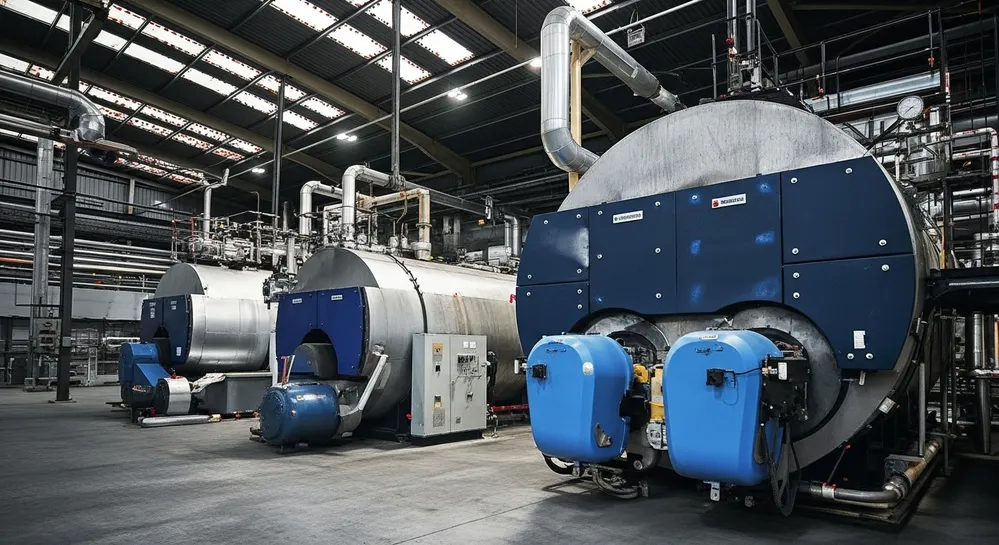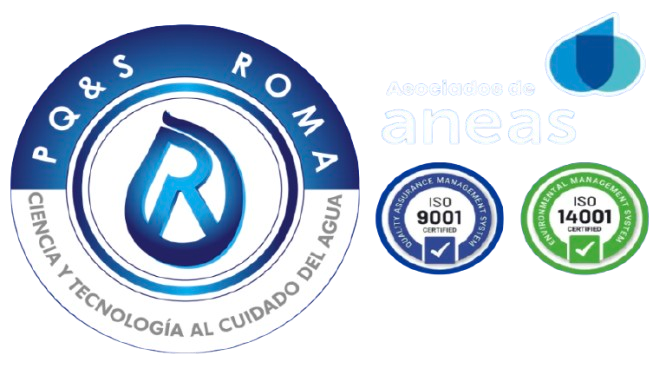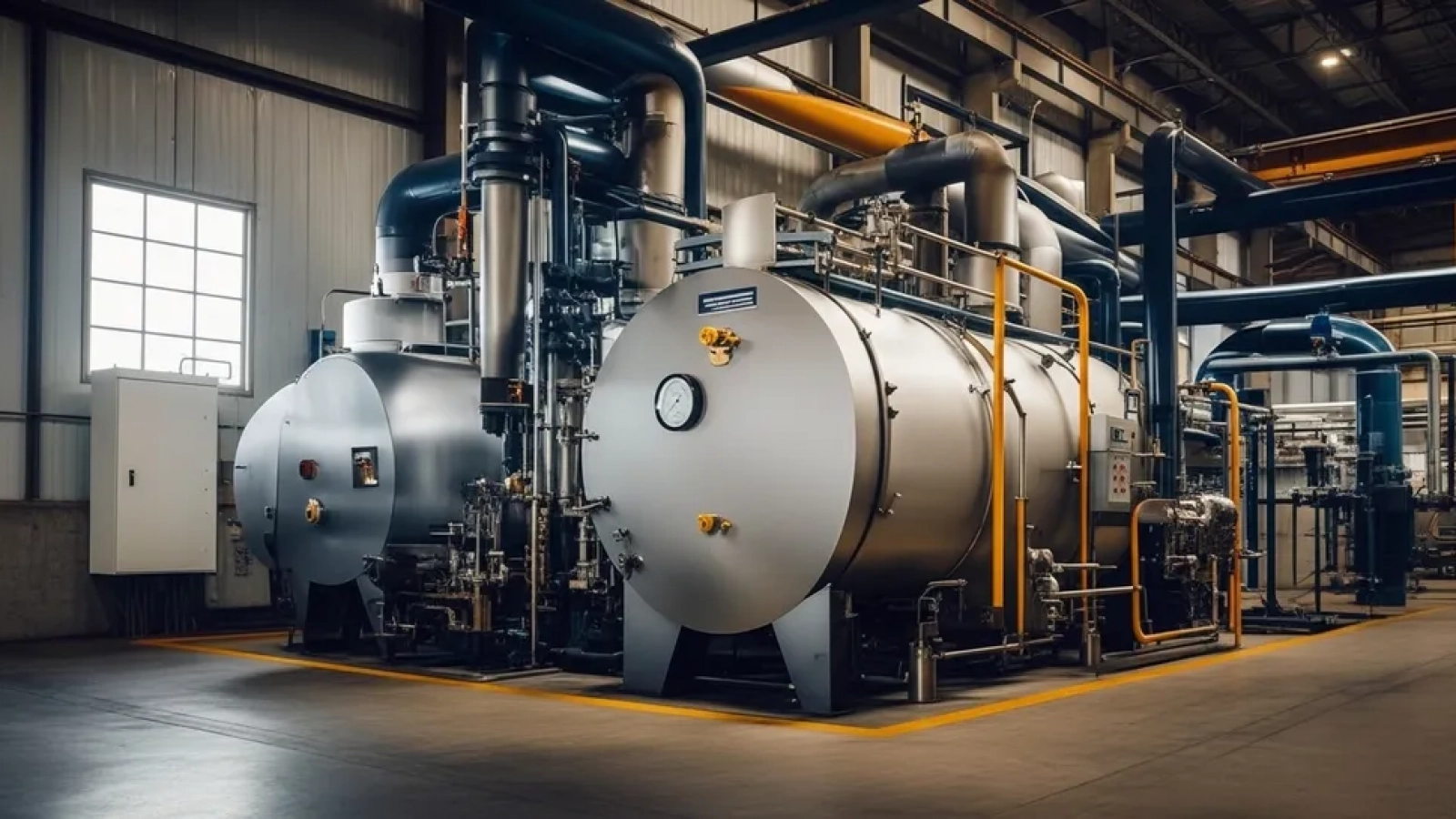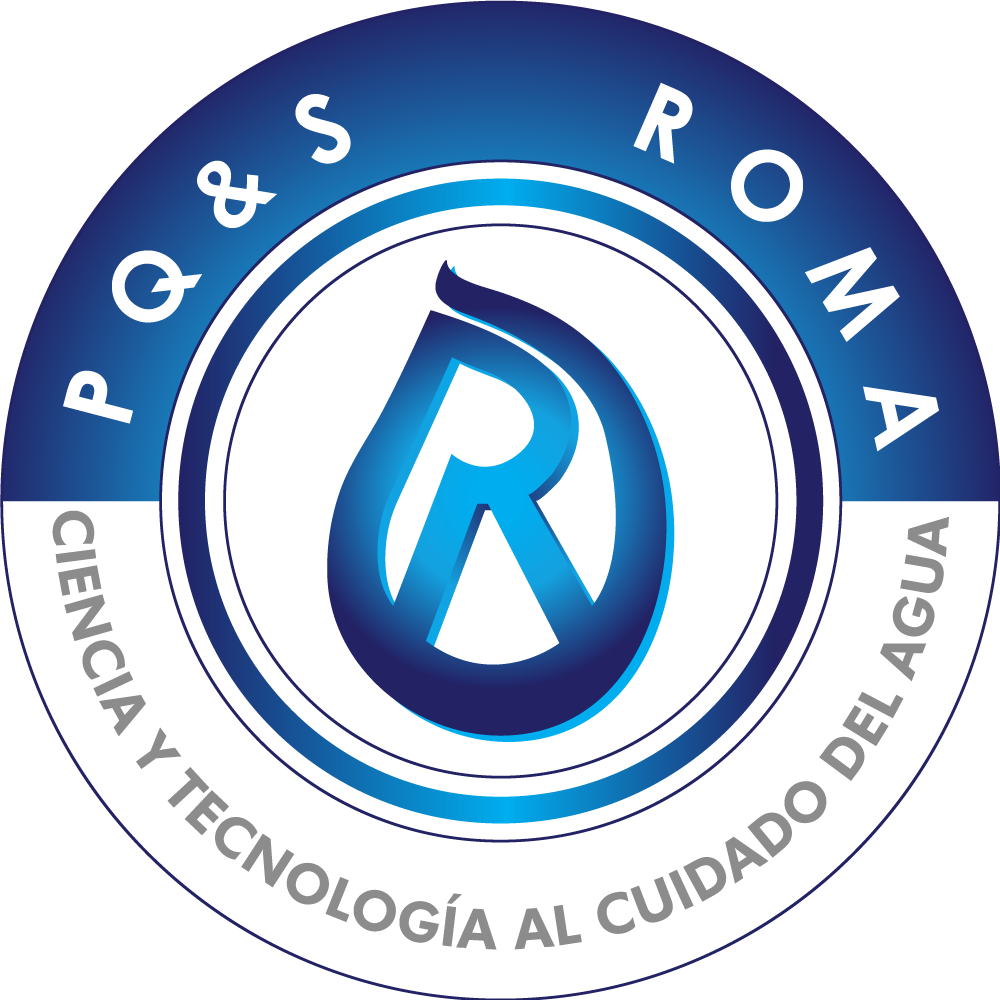Industrial steam generation systems are the heart of countless production processes. From sterilization to power generation, industrial steam plays an essential role across multiple industries.
In this article, you’ll discover how industrial boilers work, the importance of water treatment, the role of condensate, and the most common types of boilers used in modern industry.
Purpose of Boiler Feedwater Pretreatment
The external treatment or pretreatment of water aims to adjust the quality of make-up water to industrial standards through physicochemical processes.
This step maximizes water efficiency and minimizes issues such as scaling, corrosion, and premature system failures in steam generation equipment.
Characteristics of Industrial Steam
- It is the gaseous phase of water.
- It has a high latent heat of vaporization compared to other liquids.
- It is an efficient medium for heat and mechanical energy transfer.
Main Uses of Steam in Industry
Industrial steam is used in a wide variety of processes, including:
- Sterilization and heating
- Mechanical drive or motion
- Atomization
- Industrial cleaning
- Material hydration
- Air humidification
Make-Up Water
Make-up water refers to raw water that has been pretreated to meet the requirements of the steam system.
It is used to replace condensate or steam losses that do not return to the system.
Its quality depends on the boiler operating pressure and the final use of the steam.
Boiler Feedwater
Boiler feedwater is the mixture of condensate and make-up water that enters the boiler feed pumps.
It undergoes processes such as heating, deaeration, and chemical treatment to remove residual oxygen and adjust pH before entering the boiler.
Boiler Water
This is the water that circulates inside the boiler, where it is directly heated by the energy source.
When it reaches its boiling point, it transforms into saturated or superheated steam, while part of the water is discharged through blowdown to control the concentration of dissolved solids.
Steam in the Boiler
The steam generated is the working fluid that powers industrial processes.
In addition to its direct use, it is also employed in the preheating and deaeration of feedwater to enhance overall thermal efficiency.
Condensate in Steam Systems
Condensate is steam that has been cooled below its dew point.
It is collected and reused as feedwater, improving efficiency and reducing raw water consumption.
In some cases, condensate may be discarded or redirected to other processes depending on system design.
Classification of Industrial Boilers
Fire-Tube Boilers
Fire-tube boilers are widely used in heating systems and basic industrial applications due to their low capital cost, compact size, and ease of operation.
However, their pressure limitation (up to 350 psi) makes them unsuitable for driving steam turbines.
Water-Tube Boilers
Designed for higher pressures and larger steam volumes, water-tube boilers are ideal for thermal power plants and high-demand industrial processes.
Their design offers greater safety, flexibility, and efficiency compared to fire-tube boilers.
Conclusion
Understanding the operation of industrial steam generation systems, water treatment, condensate management, and boiler classification is essential to optimize processes, reduce energy costs, and protect your company’s thermal infrastructure.
By mastering these concepts, you not only ensure the longevity and efficiency of your equipment but also guarantee operational safety and compliance with environmental and safety standards.
At Químicos Roma, we understand that every industrial operation is unique. That’s why we don’t offer generic solutions — we carefully analyze your system’s specific needs.
Our approach focuses on designing a custom industrial water treatment program that perfectly fits your operation, ensuring maximum performance and investment protection.

Contact our specialists to design a tailor-made industrial water treatment program for your operation.






Add a Comment